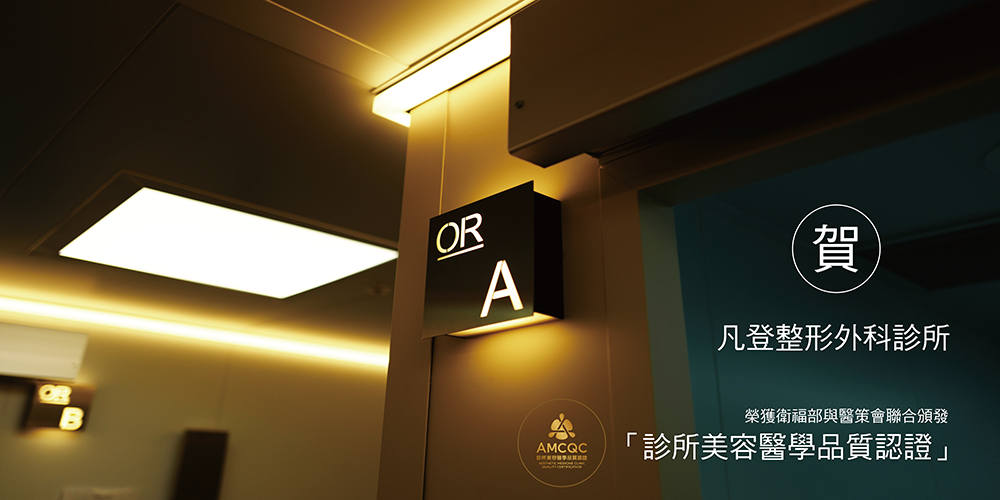Microtia

The ear is a flexible animal organ that provides aesthetic and auditory functions. It can even convey emotions as evidenced by ‘the flappy ears of a sad dog.’
Located lower than the eyebrows and higher than the tip of the nose, the ears are behind the outer corner of the eyes by the length of one ear while slightly tilting back. As a curved organ connected to the ear canal, the outer ear is a delicate structure made of thin and folded cartilage covered in a thin layer of skin. Each individual’s ears vary in shape. If you were asked to describe your ears out of the blue, you might not know where to begin. However, as the ear is in a prominent place, any abnormality or deformity can be discerned at first glance.
Defects of the ear could be caused by all kinds of traumas. For example, Van Gogh cut off his own ear. It could also originate from resection of the outer ear due to a tumor, cartilage deformation triggered by infection (with ear piercing as the most common cause) or other iatrogenic reasons (related ear surgeries), Also, a type of congenital deformity, ‘microtia,’ is the most commonly found cause during clinical examination.
Ear deformity, of course, is not life-threatening. In some cases, it won’t affect quality of life or professional achievement as long as one comes to terms with it; however, it is also possible that a patient wants to have a symmetrical anatomy.
How to achieve that goal? Simply put, the answer is to restore the appearance with the appropriate medical method at the appropriate time, which means to add the absent cartilage and skin. In principle, it is to reconstruct the 3D structure of the outer ear comprised of cartilage and skin through simulation.
Reconstruct (rebuild): it is a long-standing principle to take identical or similar tissue from another part of the same body to restore the missing part. However, we also make good use of artificial material when the autologous tissue has its own constraint or when the artificial one can provide a more holistic solution. A successful surgery requires quality implant (for framework support) and excellent coverage (skin and soft tissue). Many are obsessed with the choice of implant, but that only makes up a small part of the treatment. Once the 3D structure of the ear disappears, its unique shape is lost with it. The simplest example would be ear infection due to piercing, when the skin is not necrotic or missing, but the cartilage is destroyed by bacteria, causing deformity of the ear.
Outer ear reconstruction for microtia is a sophisticated, difficult and time-consuming surgery. There are two types of procedures—one uses autologous costal cartilage (ACC) and the other artificial material (PPE). As each has its own advantages and disadvantages, there is no best option but the most suitable one for each case. The only sure thing is that how experienced the surgeon is and whether the procedure achieves aesthetic results play a significant role in its success. Therefore, it is recommended to find an appropriate course of treatment after consulting a specialist and receiving a full evaluation.
International microtia authority
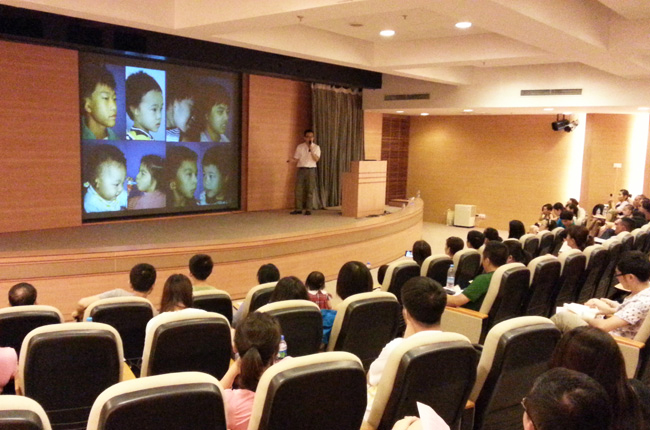
陳潤茺醫師受邀參加2014年廈門長庚小耳研討會擔任受邀講者,分享小耳症專題演講
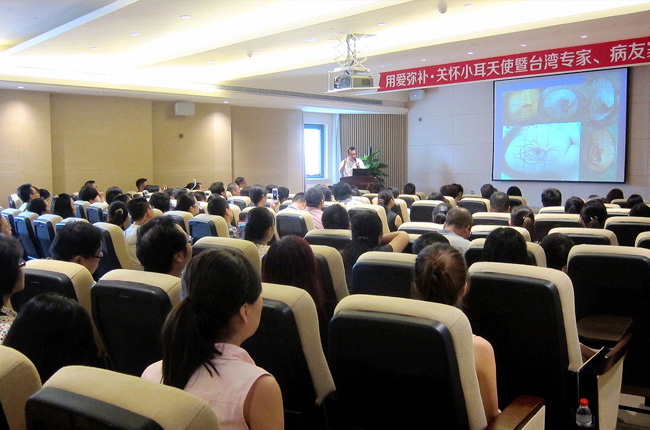
陳潤茺醫師受邀參加2015西安關懷小耳天使座談會擔任受邀講者,分享小耳症專題演講
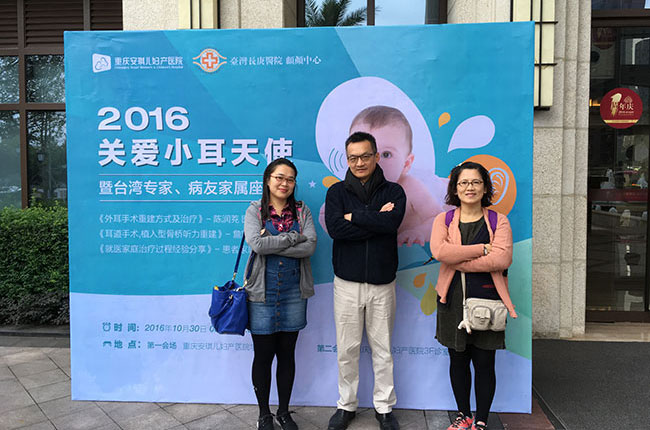
陳潤茺醫師受邀參加2016年重慶關愛小耳天使座談會擔任受邀講者,分享小耳症專題演講
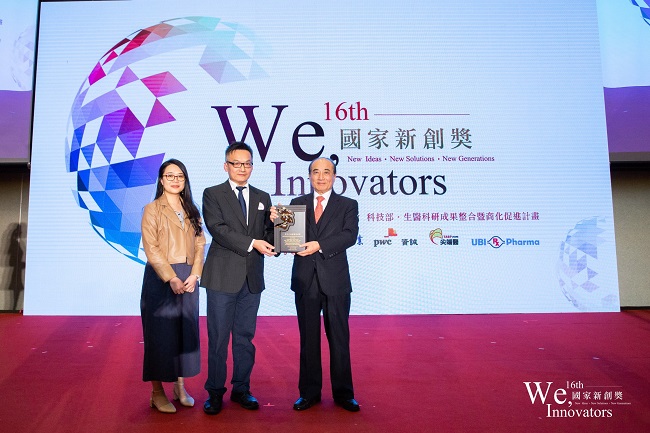
陳潤茺醫師2019年因小耳症創新技術與研究獲頒第16屆新創醫療技術獎
Microtia surgery - Autologous Costal Cartilage (ACC)
One of the ways to construct a framework for the ear is to take costal cartilage, sculp it into a framework and implant it into the absent or deformed part. ACC has become a long-standing “golden standard” of treatment proved to yield a good result, but it suffices to say that it’s a rather difficult procedure where good results are not often reproduced due to the following reasons:
1、Sculpting takes talent and long-term hands-on practice
2、The surgery itself poses an age limit of at least ten
3、Each patient’s costal cartilage differs in shape and quality, which affects the result of framework sculping. Also, we’re almost certain that there is no way to perfectly replicate an identical ear based on the one on the opposite side.
4、The impact of taking out costal cartilage on the body is terrifying, which would pose constraint on the performance of the surgeon. It’s been like this for centuries and will remain unchanged in the future.
As a result, many surgeons have tried taking on the challenge yet given up eventually. However, there is an upside to ACC like any other autologous transplant, which is good tissue compatibility that makes it easier to heal/treat the wound. However, for anyone who wants to perform or receive this surgery, be it the surgeon, the patient or the relatives, he or she needs to think about one’s abilities and limitations.
Microtia surgery - PPE Artificial material
The reason behind using artificial material to reconstruct the outer ear is very simple: since we’ve used many artificial implants to reconstruct different parts of the body such as artificial joint, valve and breast implants for the recovery of bodily functions, why not do the same for ear reconstruction? Of course, it is feasible. Yet, compared to other parts of the body, a skin graft is necessary for ear reconstruction, and the absence of it has caused high incidence of complication at the infant stage. Nonetheless, with the advancement of 3D technology and soft tissue treatment, PPE has accomplished many things that ACC is unable to.
The advantages and characteristics of Medpor? Medpor is a type of biomaterial made of porous polyethylene of high density. It can integrate with the nearby host tissue and is thus stable. The material is rather hard and feels like human bone. It is a shapable material that prevents/lowers the incidence of capsule formation and infection.
Firstly, customize the shape of the ear for each patient with laser beam scanning by replicating the ear on the opposite side with precision, which is a process that should change the history of outer ear reconstruction. Of course, the procedure could be performed at an early age (even around 4 to 5) because problems occur during ACC don’t happen in PPE, a benefit that everyone must have realized.
Finally, it’s worth noting that the condition of each patient suffering from microtia could be profoundly different, and the level of deformity of each ear also varies. It is not viable to apply the same treatment in every case, so customization is necessary. At Vendome, you can receive the most advanced customized reconstruction of outer ear around the world. Perfection is not achieved with just one factor, and the cornerstone of our success lies in the framework, the mastering and application of skin graft and our teamwork.
Microtia 3D Simulation
Microtia Gallery







Microtia Video
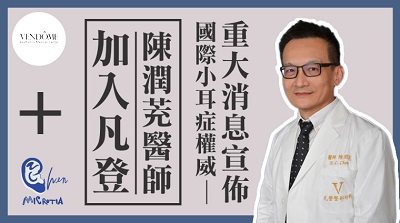
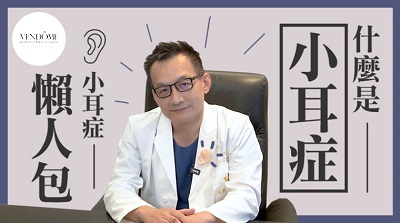
Dr. Chen’s Office Hours
Monday
Tuesday
Wednesday
Thursday
Friday
Saturday
Sunday
AM
Surgery
Surgery
Taipei
Surgery
Taipei
Taipei
Closed
PM
Surgery
Surgery
Taipei
Surgery
Surgery
Closed
Closed


